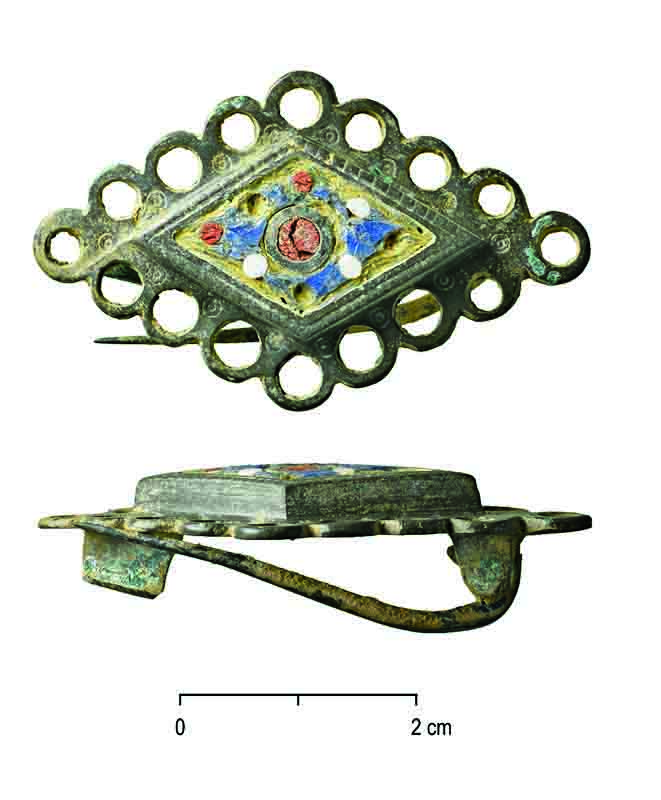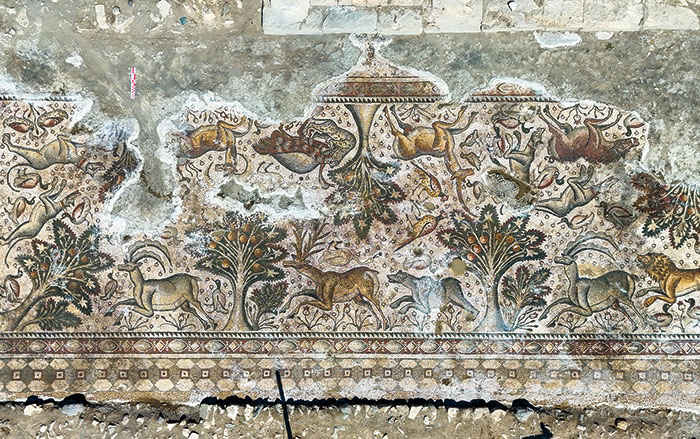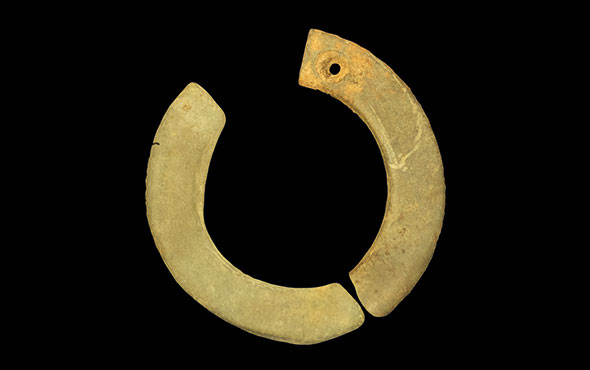
DAVIS, CALIFORNIA—According to a ZME Science report, Jelmer Eerkens of the University of California, Davis, and Alex de Voogt of Drew University suggest that asymmetrical Roman dice may not have been made as a way to cheat at dice-throwing games. (Asymmetry in a die can impact the probability of a given side landing face up, the researchers explained.) Roman dice are known to have been produced in cubes, flattened cubes, and elongated cubes. Symbols were then placed on the die faces to represent numbers. Eerkens and de Voogt examined 28 Roman dice unearthed in the Netherlands, and found 24 of them to be asymmetrical. Many of these irregular dice bear the symbols for one and six opposing each other on the larger surfaces. The researchers calculated that the difference in size in these dice raised the probability of rolling a one or a six to one in 2.4 instead of one in six. The researchers then created reproductions of the dice, and asked 23 students to mark them, thinking that the students would place the marks randomly. Instead, the students placed the one and six on opposing the larger sides, stating that it was easier to fit six marks on the largest surface. Romans may have had the same concern, the researchers concluded. Some Romans may have even believed that their dice throws were governed by the fates, while others may have observed over time that a roll of one or six was more likely to occur when using certain dice. Read the original scholarly article about this research in Archaeological and Anthropological Sciences. To read about changes in dice over time in the Netherlands, go to "No Dice Left Unturned."











